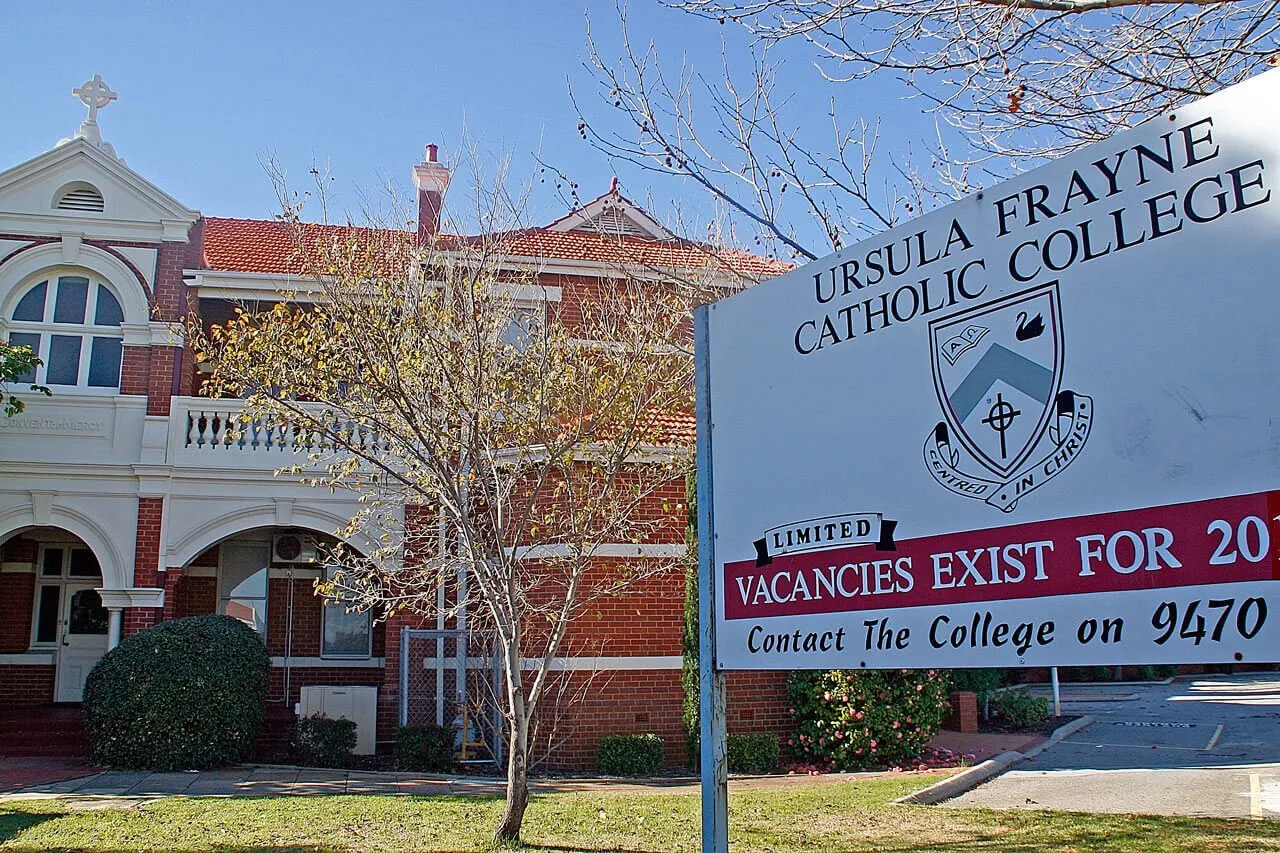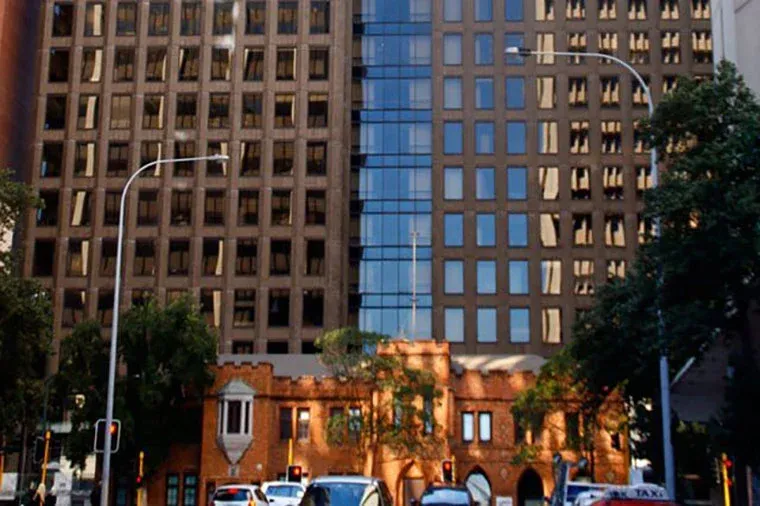“Strata Painting” — the very words can strike a chord in any facilities manager’s heart. Keeping buildings in pristine condition really is a full-time job, and nothing says “full working order” better than a coordinated and well-maintained appearance. As much as structural integrity is key, visitors to your property will take the state of your finishings as a reflection of your overall competence. Getting on top of your strata management system goes a long way to ensuring your tenants and body corporate maintain their trust in your abilities. Peter Barker, CEO of Barker Whittle, shares what he’s learned on the job about co-ordinating large-scale painting and decorating projects. After more than 32 years on the job as head of Perth’s premier commercial painting service, he’s learned the hard way about how to avoid turning your next strata painting project into a nightmare.
What are the top 5 things you’d advise anyone to keep in mind when approaching a new strata painting project?
These are key things I’ve learned through hard experience! They go a long way to make your painting projects stress-free, even on the largest commercial properties.
- Introduce your contractors, tenants and owners to each other: Being able to recognize and feel comfortable with workmen on your property is key to successful, low-stress projects — this is also why we’d recommend working with the same craftsmen and contractors. Developing these long-term relationships are worth the effort!
- Ensure easy access to relevant areas: Work out how your contractors will access the property, and the spaces they need to paint before they arrive. Proactively taking care of the logistics means you’ll all be ready to hit the ground running.
- Limit the impact of the project on tenants and owners: Consider how you can limit everyone’s exposure to noise and dust, and keep walkways and car parks unobstructed. A reputable contractor would be happy to do a site-visit beforehand and combine their knowledge of the job’s requirements with your knowledge of the premises to ensure minimal disruption once the work begins.
- Provide a detailed brief: Know what you’d like to have done. While a certain amount of flexibility is wise, it makes any job unnecessarily complex if you begin without knowing what you’re aiming for. Flexibility allows your contractors to propose things based on their expert knowledge, but being too vague means everyone begins at a loose end.
- Be open to feedback: As your contractors work through the property, they might pick up maintenance issues that missed your last inspection. Be open to them reporting what they find — if you’re able to not take it personally, you’ll be grateful for those extra pairs of eyes everytime you contract.
What’s consistently the most difficult challenge you’ve faced when delivering your strata painting service?
Access is almost always the biggest challenge. Many properties are multi-storey or have awkward access routes to the places that need painting. In every case, working with a proactive facilities manager happy to meet and plan together made a significant difference. In this way, we arrive on-site prepared with what we need to access those hard-to-reach places while keeping disturbance to a minimum.
When embarking on a new commercial painting project, how do you match manpower to the demands of a multi-building precinct?
Mainly? With good planning! Luckily, the Barker Whittle team is large enough to cope with a multi-building precinct, but if you’re about to hire contractors with smaller teams, it is always worth asking them how they plan on delivering to deadline. Something to look out for in this case is whether they plan on hiring subcontractors — this should be a red flag because it impacts on quality assurance.
How do you ensure consistent quality workmanship, seeing as you regularly manage such a large team operating on multiple projects simultaneously?
NOTE: This answer could touch on the training programme for young painters as being one way to “grow your own talent” — the reciprocity inherent in running a skills-development programme, that also ensures you have a healthy pipeline of highly-skilled, quality assured craftsman available for hire.
At Barker-Whittle we’ve learned to do four things that ensure consistent high-quality work:
- Constant supervision: Our staff are all registered (and trusted) but still constantly supervised, in order to ensure standards are uniform and maintained.
- Regular staff training: We ensure our team are constantly growing their skills and retraining, in order to keep sharp and ahead of the trend.
- Apprenticeship programmes: Running a training programme for young painters is how we “grow our own talent” and give back to the community. By running this skills-development programme, we also ensure our access to an evergreen pipeline of highly-skilled, quality-assured craftsman.
- Never subcontract: Enough said.
What are some ways you ensure the comfort of your clients and their tenants, when working on commercial properties?
Most importantly, we regularly communicate our exact movements with the facilities manager. Then, as far as possible, we work after-hours to lessen disruption. Finally, we carry out work in segments — starting and finishing smaller areas, in order, rather than “taking over” a whole building.
What are the top 5 project management tips you’d share with anyone tasked with managing large scale building maintenance projects?
- The cheapest quote is exactly that: You will be let down.
- Compare apples with apples: Ask yourself whether Company A will deliver the same as Company B and check their specifications and guarantees.
- Give your tenants ample notice of the scheduled works ahead: This makes the experience less stressful for everyone.
- Ensure your contractor adheres to your timeline: If work is delayed and expectations not managed, you’ll end up with a big rush at the end and a poorly finished project.
- Engage an external quality control manager: The best opinions are knowledgeable but unbiased.
What are some of the funniest/common mistakes you’d have preferred to avoid making with commercial painting projects?
Throughout the years, we’ve had our fair share of bloopers! We’ve set off the occasional alarm, gotten stuck in lifts, been locked out and even used the wrong colour paint once. However, the funniest blooper must have been the time we got our access equipment bogged in soft sand! Thankfully, we’ve never repeated our accidents, but we’re always grateful for the good laugh they provide in time!
There’s little better than learning through experience — except, perhaps, learning through another’s! Working with experienced contractors is one surefire way to avoid making the common mistakes inherent in any new learning curve. It also keeps stress at a minimum, even if you’re an old hat at facilities management. Contact us and request a quote — our strata painting services have been honed to a fine art. Let our experience augment yours, and together we’ll keep your painting projects running smoothly to deadline, every time.









